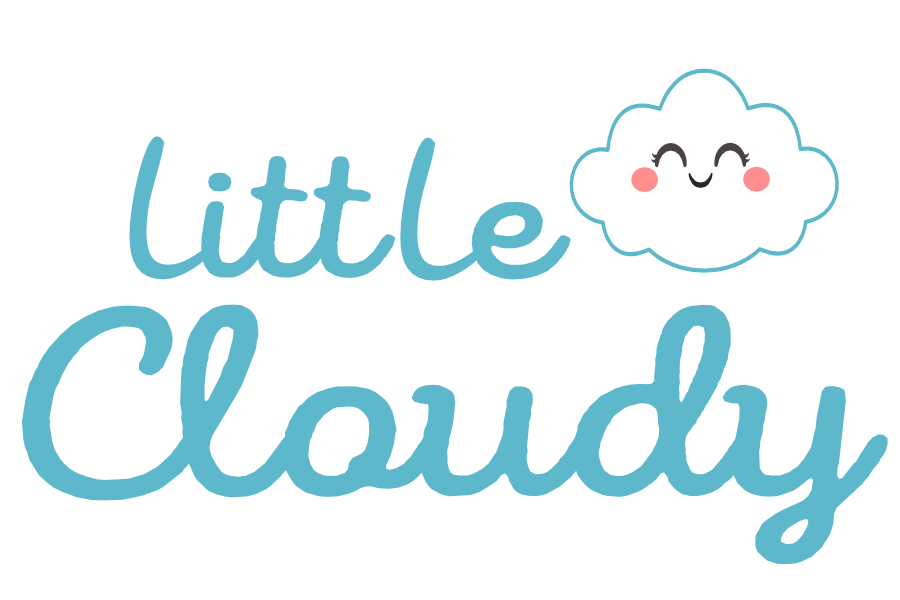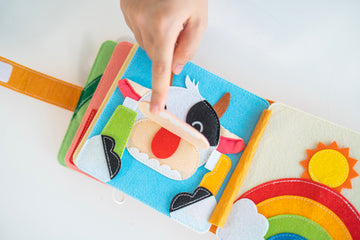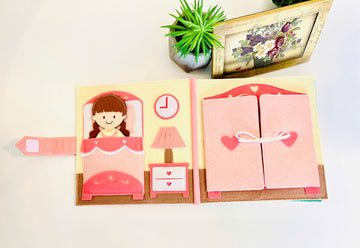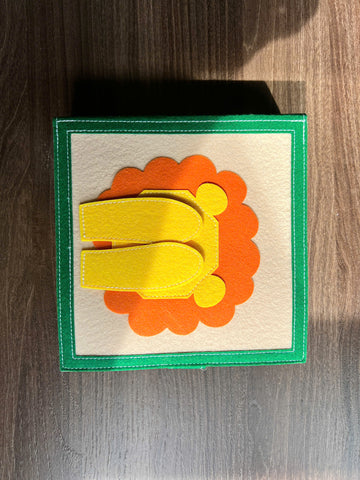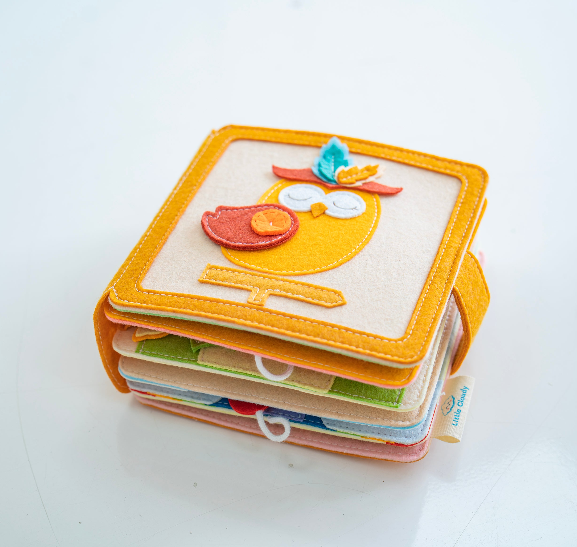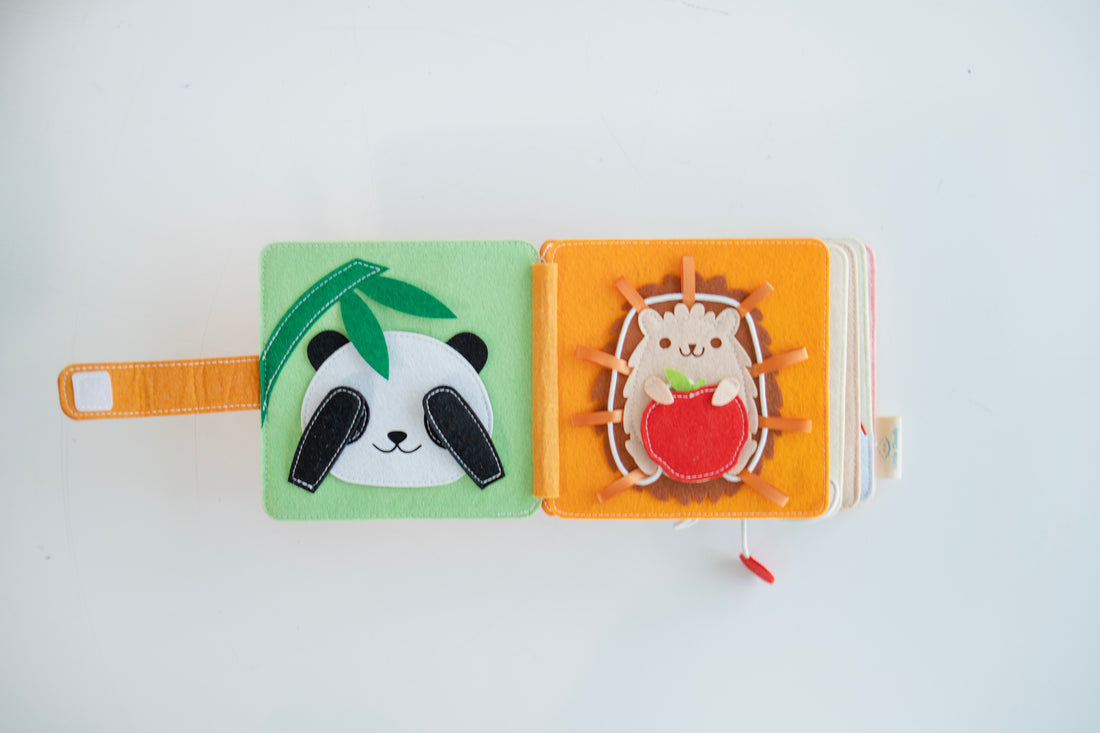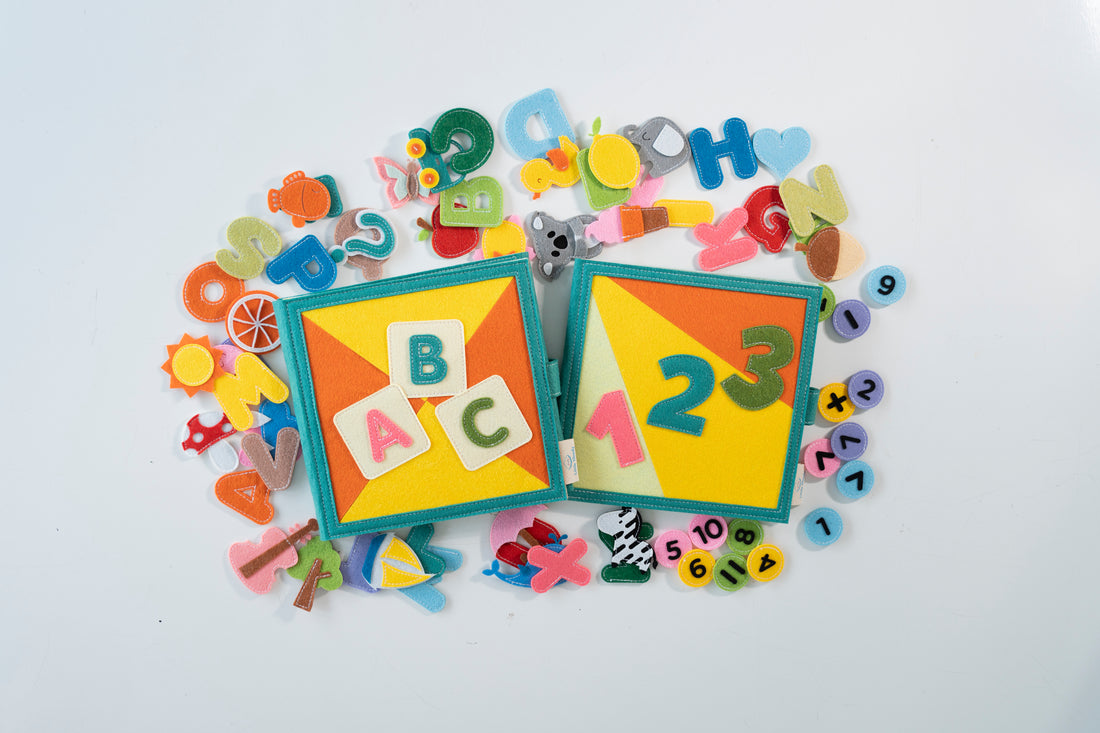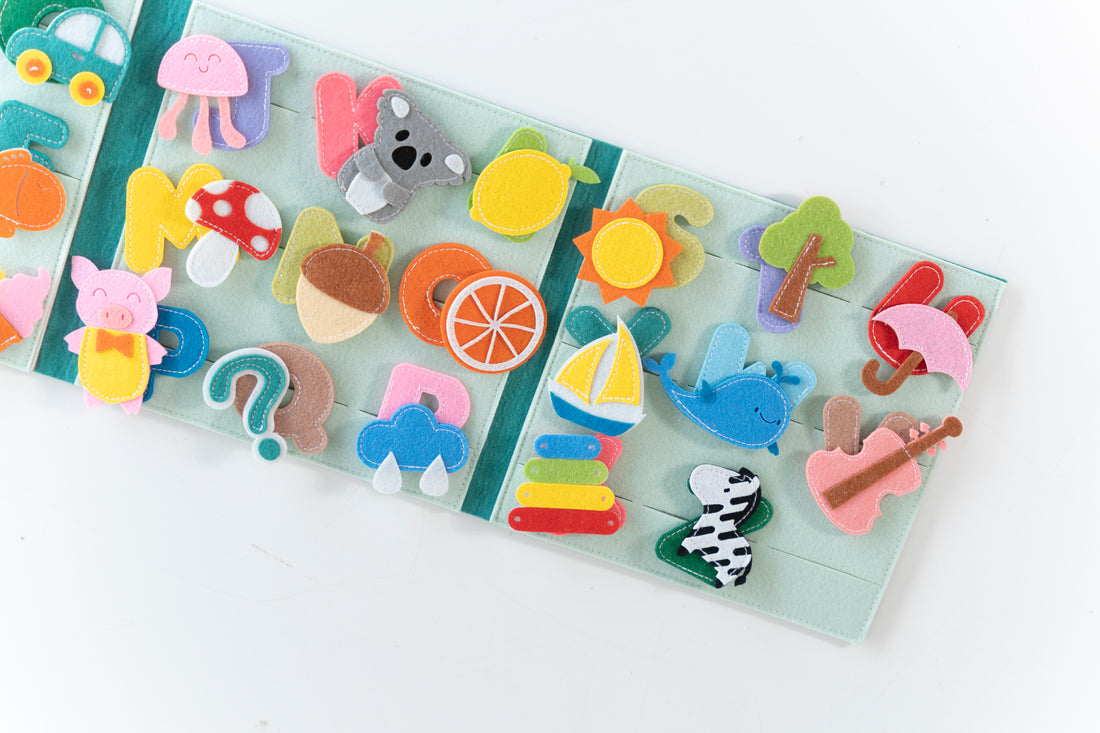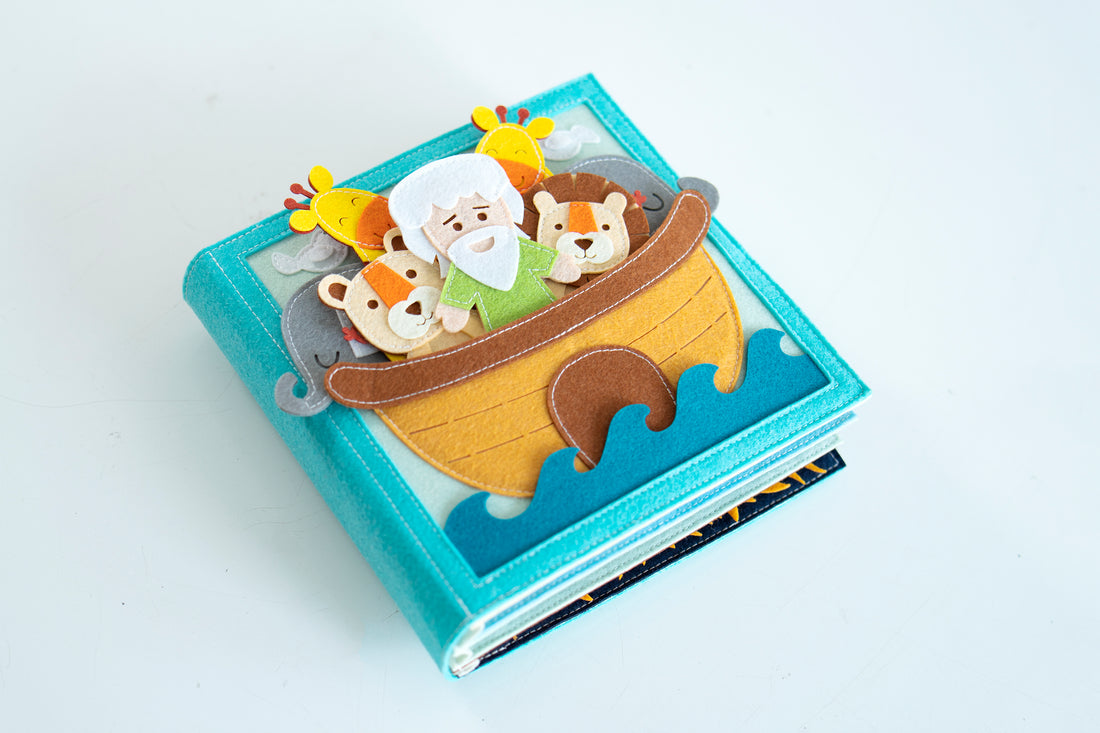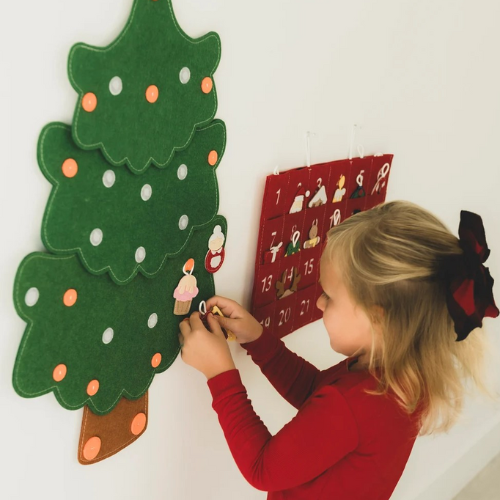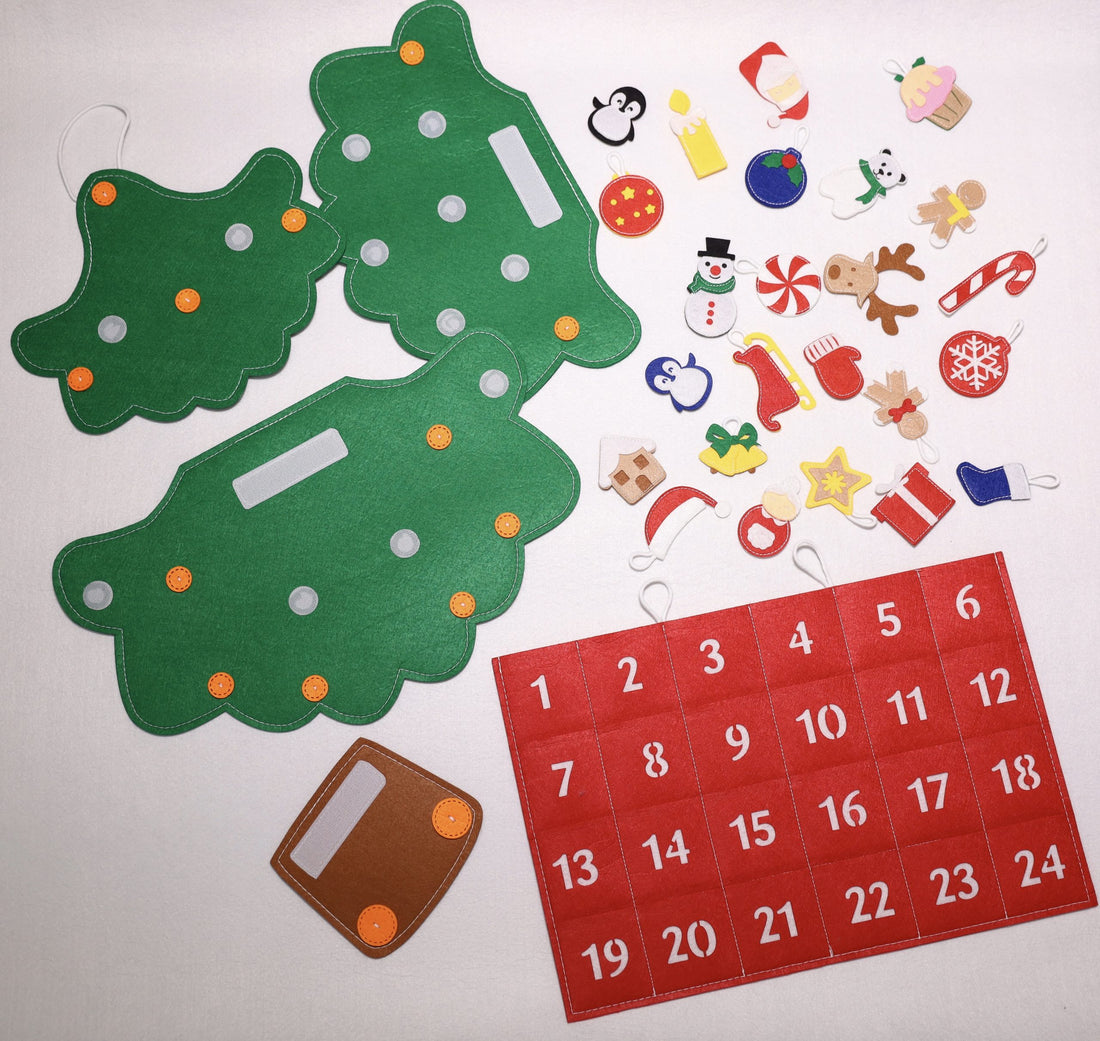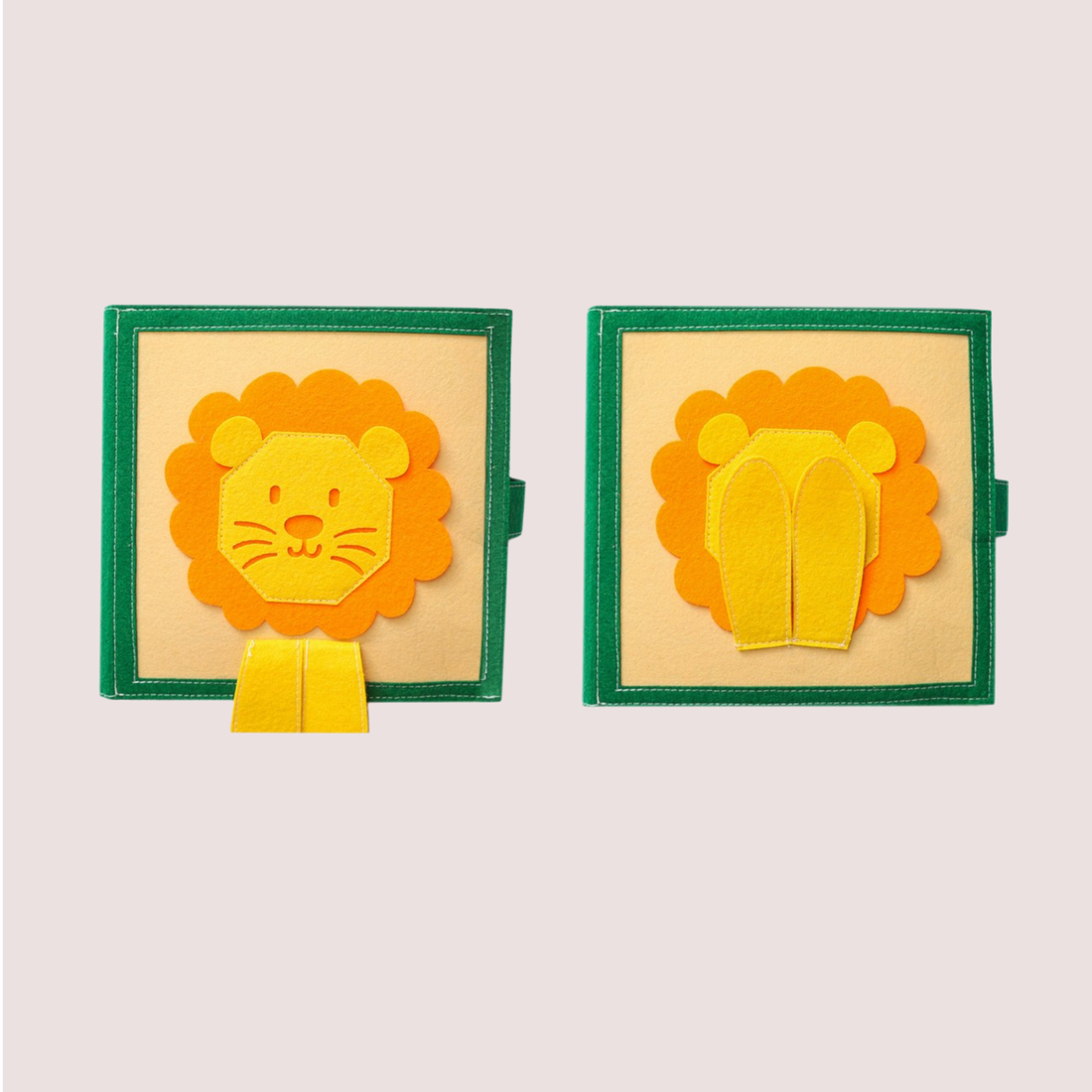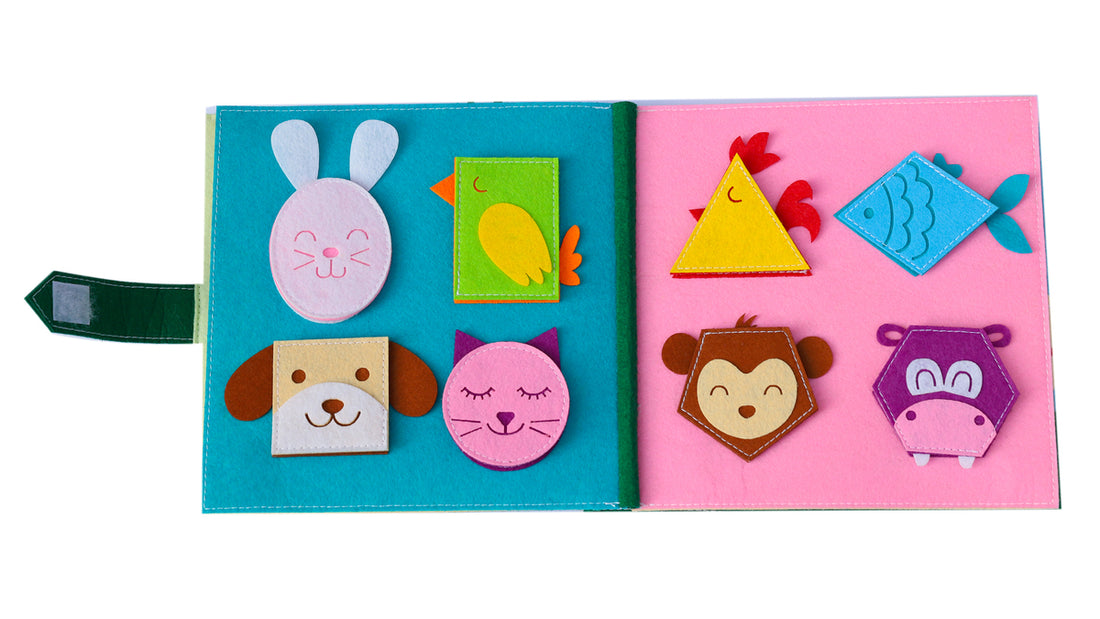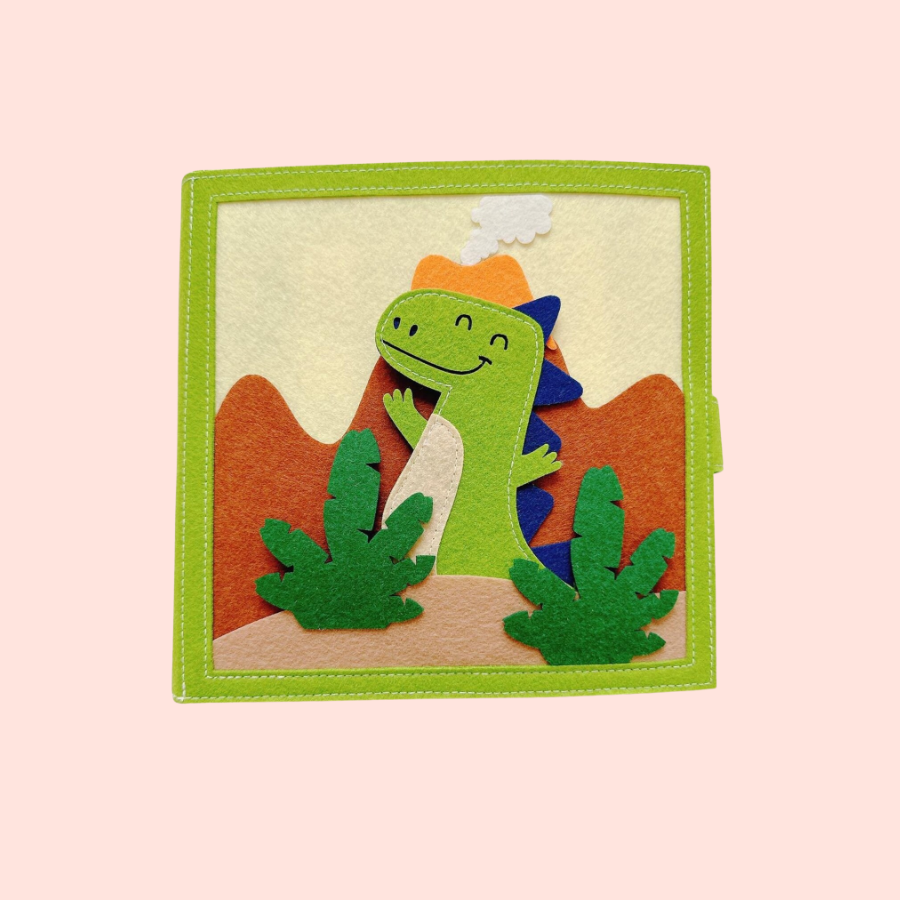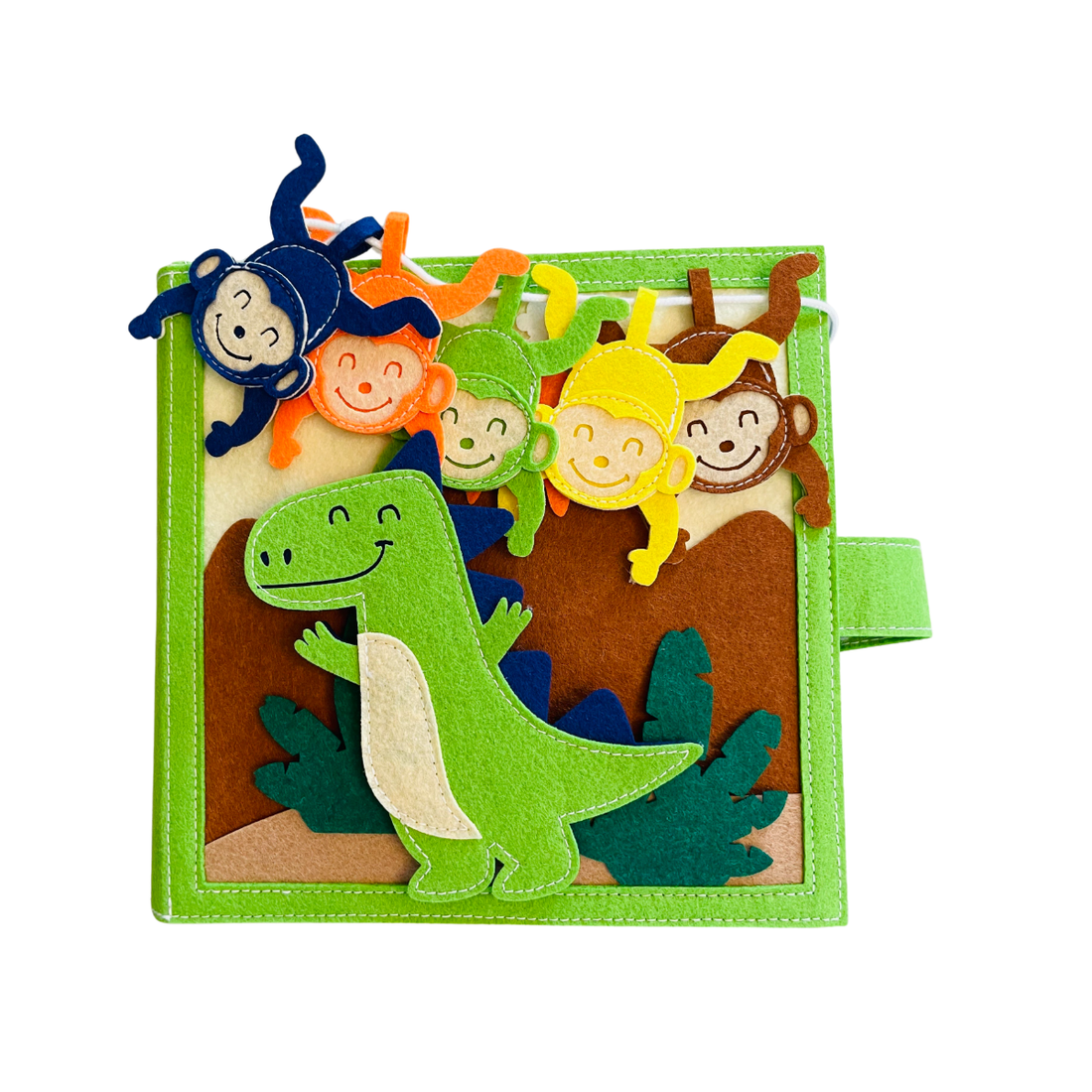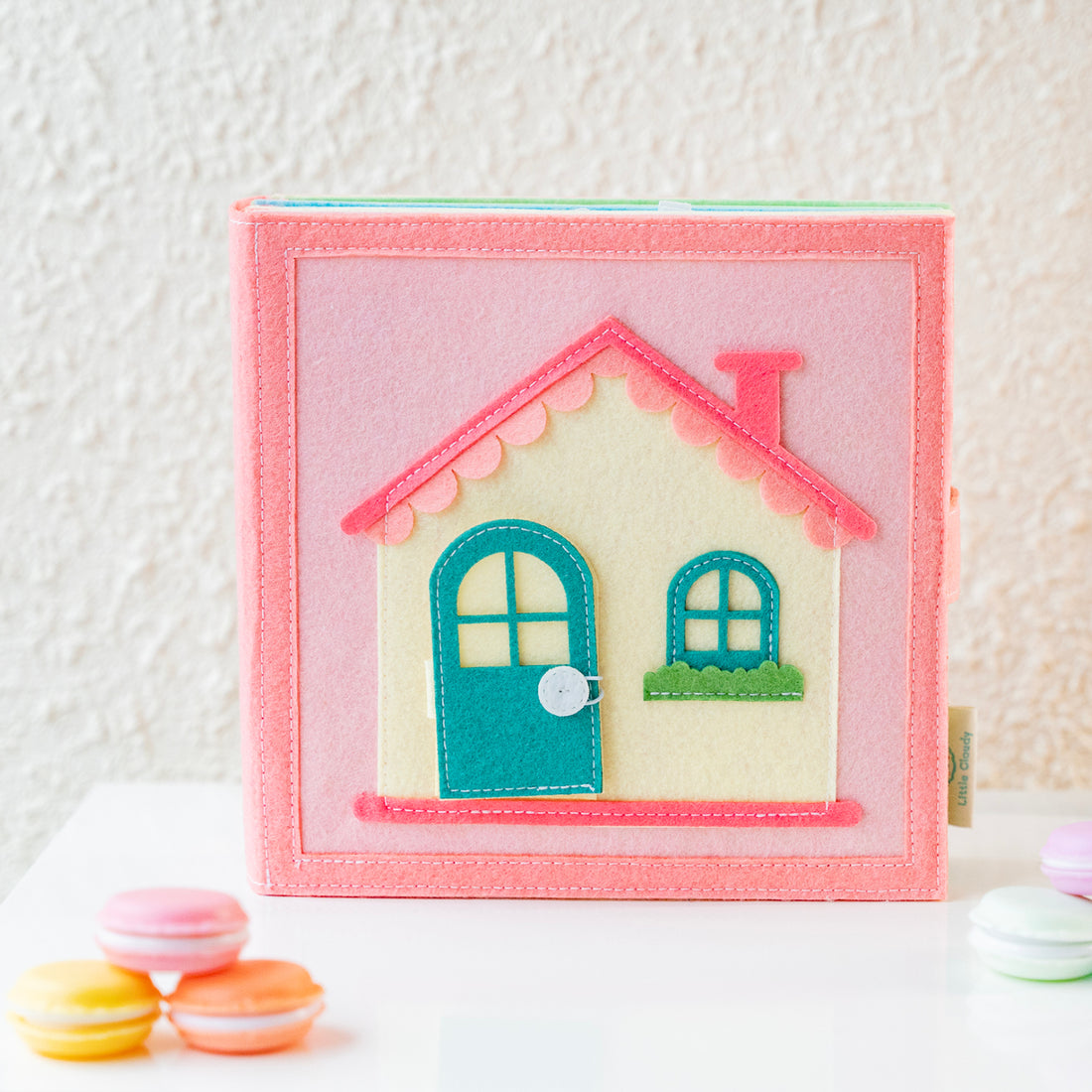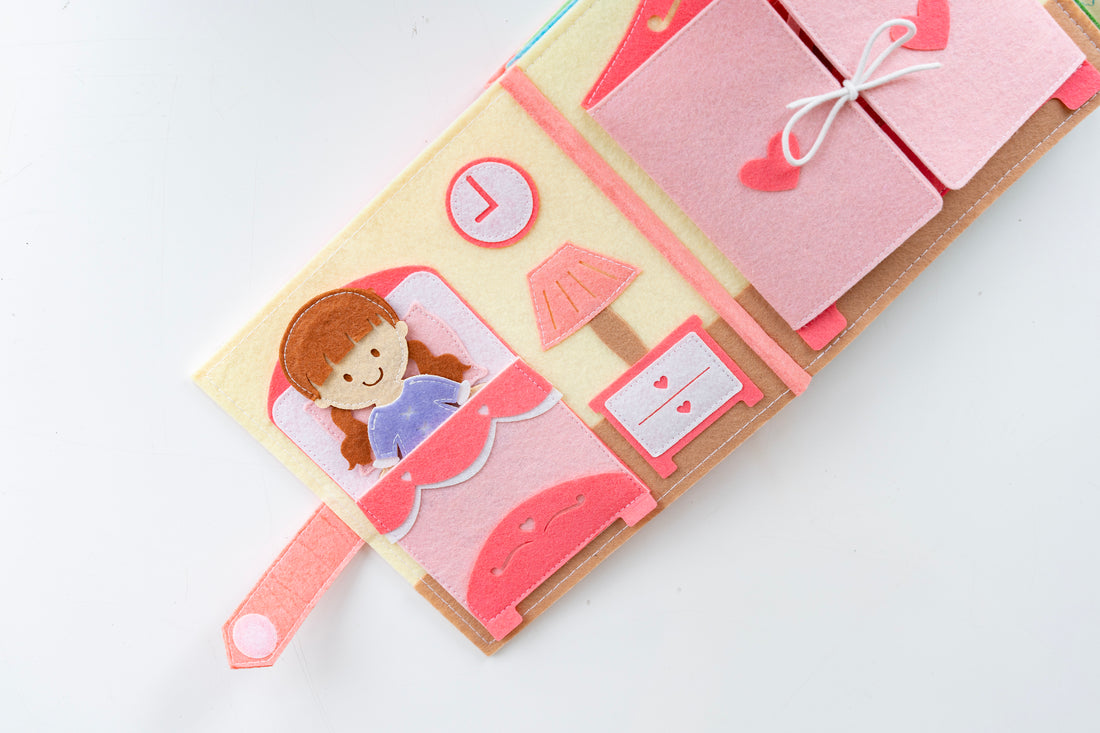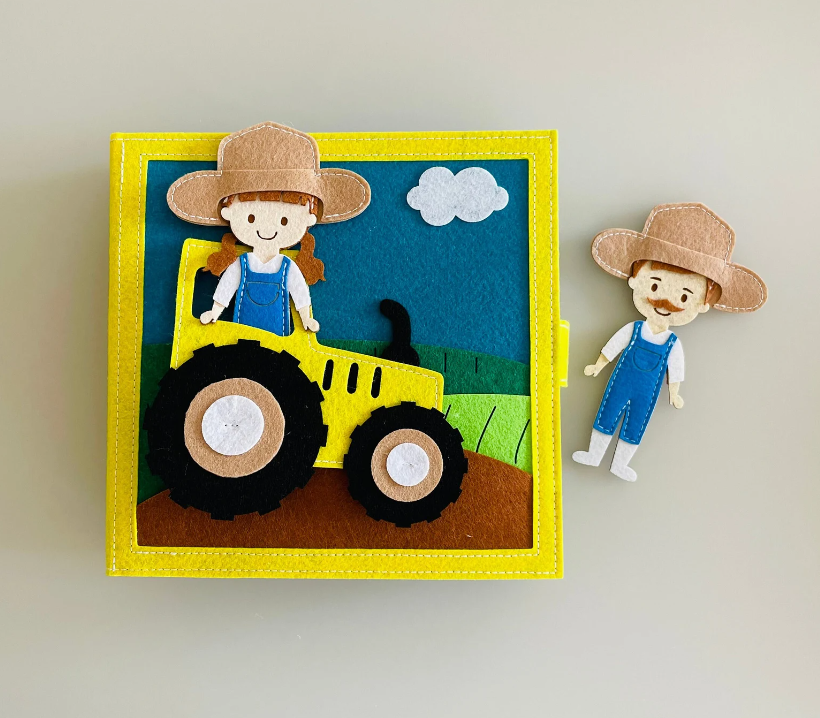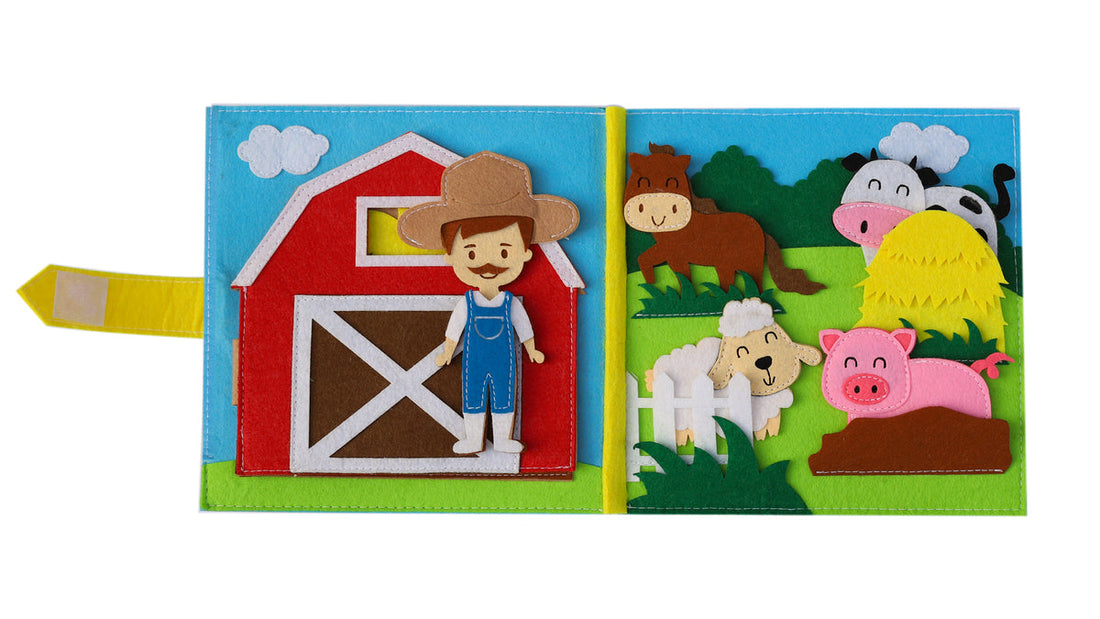In the age of consumerism, where children's toys are available in abundance, a question that often crosses a parent's mind is: "How many toys does my child really need?" Between the flashing lights of the latest electronic gadgets and the allure of classic wooden toys, finding the right balance is an increasingly complex task. This article delves into the aspects of toy consumption, child development, and the ideal quantity and quality of toys for children.
The Current State of Toy Consumption
Today's children are inundated with more toys than any previous generation. Toy stores are bursting with options, and marketing aimed at children is more aggressive than ever. It's not uncommon to find homes with rooms filled to the brim with toys of every kind. This can lead parents to wonder whether this excess is truly beneficial or if it might be doing more harm than good.
The Role of Toys in Child Development
Toys play a crucial role in a child's development. They stimulate imagination, promote physical skills, and foster social interaction. Toys can be educational, teaching children about the world around them, developing their cognitive abilities, and enhancing creativity.
Different toys serve various developmental needs:
Educational Toys: Puzzles, building blocks, and science kits stimulate cognitive growth.
Creative Toys: Arts and crafts promote creativity and self-expression.
Social Toys: Board games and role-playing toys encourage social skills and teamwork.
Physical Toys: Sports equipment and outdoor toys promote physical development and healthy habits.
The Paradox of Choice
While having a variety of toys can be beneficial, too many options may overwhelm children. The paradox of choice suggests that having too many options can lead to anxiety and indecision. Children might hop from one toy to the next without fully engaging or learning from them. A cluttered play environment may also hinder their ability to focus and develop critical thinking skills.
Finding the Right Balance
There's no one-size-fits-all answer to the number of toys a child needs, but there are some guidelines to help parents find the right balance:
Quality Over Quantity: Invest in toys that stimulate growth in various areas of development rather than focusing on sheer numbers.
Rotate Toys: Keep a set number of toys out at a time and rotate them to keep things fresh. This encourages children to fully explore and appreciate each toy.
Encourage Creativity: Sometimes, fewer toys lead to more creativity. A child might invent games using household items or engage in imaginative play with fewer structured toys.
Involve Children in Decisions: Teach children about making choices by involving them in the process of selecting toys.
In a world where consumerism often leads to excess, understanding the real needs of a child when it comes to toys is vital. The answer to "How many toys does a child really need?" isn't defined by a specific number but rather the consideration of the child's developmental needs, interests, and the quality of toys.
Instead of accumulating toys, focusing on thoughtful selection can foster growth, creativity, and happiness in children. Let's give our children the gift of play, unburdened by unnecessary excess, by understanding and responding to their genuine needs
